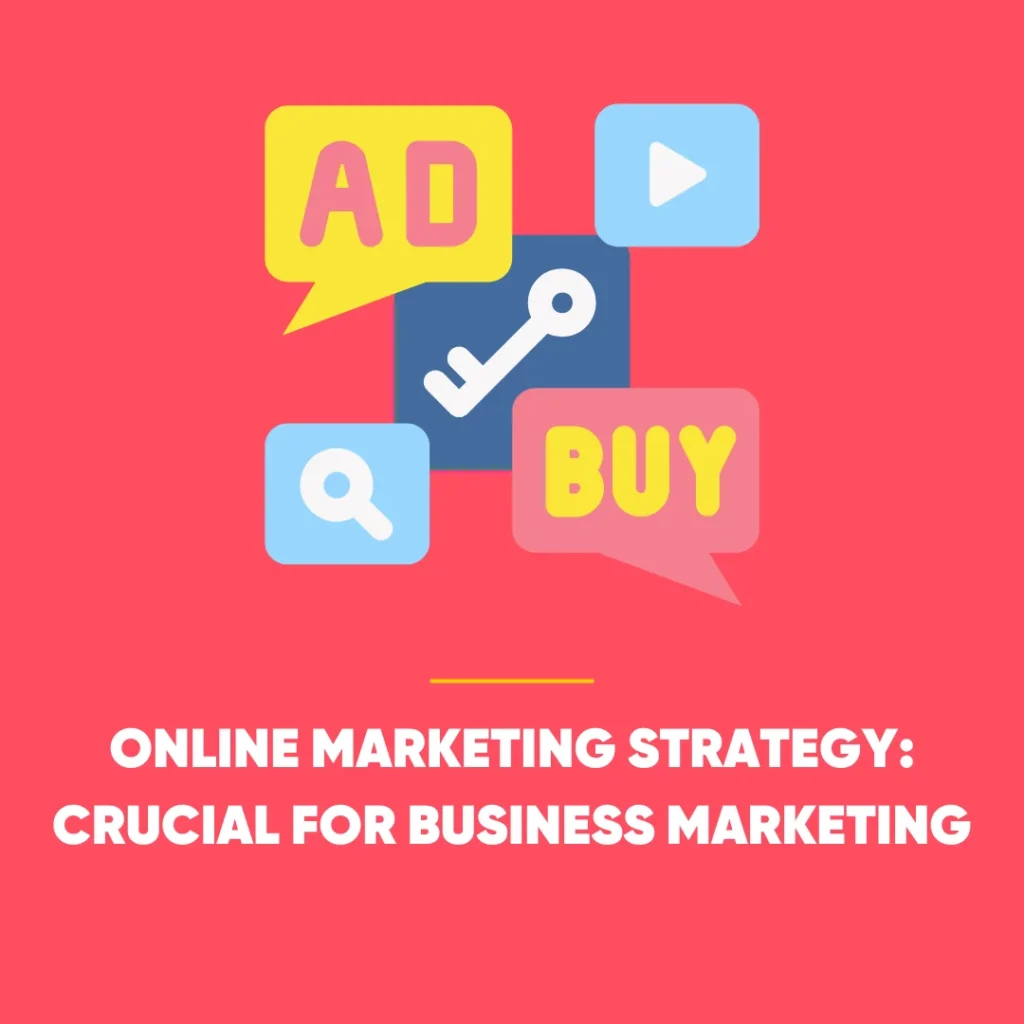Storytelling in marketing strategy has become an increasingly popular tool for brands to connect with their audience on an emotional level and create a lasting impressions. The art of storytelling has been an essential aspect of human communication since time immemorial, conveying information or messages through a narrative that captures the attention and imagination of the audience. Using storytelling in marketing helps brands to highlight the benefits of their product or service, differentiate themselves from competitors, and build trust and credibility with their audience.
What is Storytelling in Marketing and Why Emotional Connection Matters?
Storytelling in marketing strategy the use of narratives to promote a brand’s message, product or service. It involves crafting stories that resonate with the target audience and convey the brand’s values, personality and unique selling proposition. Storytelling in marketing may take various forms, including videos, social media posts, blog articles, podcasts, and more.
Why is Storytelling Important in Marketing?
Storytelling is essential in marketing for various reasons, including:
- Capturing Attention: Stories are attention-grabbing and can help brands to break through the clutter of advertising and capture the audience’s attention.
- Creating Emotional Connection: By creating an emotional connection with the audience, brands can build trust and loyalty, and foster a deeper relationship.
- Demonstrating Value: Stories are a powerful way to demonstrate the value of a brand’s products or services in a way that resonates with the audience.
- Building Identity: Storytelling allows brands to create a unique identity and personality that differentiates them from their competitors.
- Enhancing Memorability: Stories are memorable and can help brands to stand out and be remembered by the audience.
How to Use Storytelling in Marketing?
To use storytelling in marketing effectively, brands must:
- Know their audience: To craft compelling stories that resonate with the target audience, brands must understand their audience’s needs, desires, and pain points.
- Be Authentic: Authenticity is essential in storytelling. Brands must tell honest and relatable stories that align with their values and mission.
- Keep it Simple: Simple stories are more accessible to understand, remember and share. Brands should use straightforward language, avoid industry jargon, and keep the story concise.
- Use Emotion: Stories that evoke emotions such as joy, sadness, surprise, or anger are more likely to be remembered and shared.
- Have a Call to Action: A clear call to action can help the audience to take the desired action after hearing the story.
Emotional Connection
Storytelling is a powerful tool that allows brands to connect with their audience on an emotional level. By crafting narratives that resonate with the audience, brands can create a lasting impression and foster a deeper relationship.
How to Use Emotional Storytelling in Marketing to Create Lasting Impressions?
Storytelling creates emotional connection in various ways, including:
- Relatability: By telling stories that reflect the audience’s experiences, brands can create a sense of empathy and understanding.
- Personalisation: Personalised stories that address the audience’s specific needs, desires or pain points can create a sense of intimacy and relevance.
- Shared Values: Stories that align with the audience’s values and beliefs can create a sense of connection and loyalty.
- Authenticity: Authentic and honest stories that reflect the brand’s personality and mission can create trust and credibility.
The Impact of Emotions on Decision Making and the Power of Storytelling
Emotions play a significant role in decision making. Because of this, people tend to make decisions based on their emotions and then rationalise them with logic. Emotional connections created through storytelling can influence decision making in several ways, including:
- Memory: Emotional stories are more memorable and can be recalled more easily than factual information.
- Perception: Emotions can influence how people perceive information, products or services. Positive emotions can create a more favourable perception, while negative emotions can lead to avoidance.
- Motivation: Emotions can influence motivation, which can lead to action or inaction.
- Trust: Emotions such as trust, loyalty and empathy can influence how people perceive brands and their offerings, leading to increased customer satisfaction and loyalty.
How to Use Emotional Storytelling in Marketing?
To use emotional storytelling in marketing effectively, brands must:
- Identify the emotions they want to evoke in the audience.
- Understand their audience’s emotions, needs and desires.
- Use language and imagery that create emotional resonance.
- Tell stories that are relatable, personalised, and authentic.
- Use multiple channels to reach the audience, including social media, video, podcasts, and more.
Highlighting Benefits
Stories can be a powerful tool for highlighting the benefits of a product or service. Furthermore, by creating engaging and compelling narratives, brands can demonstrate the value of their offerings and connect with their audience in a meaningful way.
Using Stories to Highlight Product Benefits and Leave an Emotional Impact
Storytelling can be used to highlight product benefits in various ways, including:
- Demonstrating Use Cases: Stories can demonstrate how a product or service can be used in real-life situations and show the benefits in action.
- Illustrating Success Stories: Sharing success stories and testimonials can help to illustrate the benefits of a product or service and build credibility.
- Creating a Brand Narrative: Brands can use stories to create a narrative around their products or services, highlighting the benefits and the impact they can have on the audience.
Examples of Storytelling in Different Industries
Storytelling can be used in various industries to highlight the benefits of a product or service, including:
- Healthcare: Healthcare providers can use stories to demonstrate the benefits of their services, such as how a successful treatment helped a patient to improve their quality of life.
- Education: Educational institutions can use stories to showcase the success stories of their students, highlighting the benefits of their programmes and courses.
- Technology: Technology companies can use stories to demonstrate the benefits of their products, such as how a new software solution helped a business to improve efficiency and productivity.
- Hospitality: Hotels and resorts can use stories to create a narrative around their services, highlighting the benefits of a stay at their property and the unique experiences that guests can expect.
- Retail: Retailers can use stories to showcase the benefits of their products, such as how a new skincare product helped a customer to achieve better skin health.
Using storytelling in marketing can be an effective way to build brand awareness, create emotional connections with the audience, and highlight the benefits of a product or service. By creating engaging and compelling narratives, brands can capture the attention of their target audience and differentiate themselves from competitors.
Differentiation
In today’s crowded marketplace, it can be challenging for brands to differentiate themselves from their competitors. Storytelling can be a powerful tool for brands to stand out and connect with their audience in a meaningful way. By creating unique and engaging narratives, brands can differentiate themselves from their competitors and build a loyal customer base.
How Storytelling Differentiates a Brand and Creates Emotional Connections
Storytelling can help to differentiate a brand from its competitors in various ways, including:
- Creating Emotional Connections: By telling stories that resonate with their audience, brands can create emotional connections that go beyond the functional benefits of their products or services.
- Building a Unique Brand Identity: Brands can use storytelling to create a unique brand identity that sets them apart from their competitors and helps to build brand recognition.
- Communicating Brand Values: Storytelling can be used to communicate the brand’s values and mission, creating a deeper sense of purpose and lasting impressions for customers.
Examples of Brands That Use Storytelling Effectively
Many successful brands use storytelling effectively to differentiate themselves from their competitors and build a loyal following. Here are some examples:
- Nike: Nike is a brand that has used storytelling effectively to build a strong brand identity and connect with their audience. Their “Just Do It” campaign is a great example of how storytelling can be used to inspire and motivate customers to achieve their goals.
- Apple: Apple is another brand that uses storytelling to differentiate themselves from their competitors. Their “Think Different” campaign is a classic example of how a brand can create a unique brand identity through storytelling.
- Coca-Cola: Coca-Cola is a brand that has been using storytelling effectively for decades. Their iconic Christmas campaigns are a great example of how a brand can create emotional connections with their audience through storytelling.
- Airbnb: Airbnb is a brand that has used storytelling to communicate its values and mission. By telling the stories of the hosts and guests who use their platform, Airbnb has created a unique brand identity that sets them apart from their competitors.
- Dove: Dove is a brand that has used storytelling to communicate a powerful message about body positivity and self-confidence. Their “Real Beauty” campaign is a great example of how storytelling can be used to promote social causes and make a positive impact.
Trust and Credibility
Storytelling is not just about entertaining an audience, it’s also about building trust and credibility with them. Sharing authentic stories can help a brand establish a deeper connection and build a loyal following. We will explore how storytelling can help build trust and credibility with the audience. In this piece, we will discuss the importance of authenticity in the storytelling process. Therefor, it is crucial to create a strong emotional bond with the audience.
How Storytelling in Marketing Strategy Builds Trust and Credibility
- Creating Emotional Connections: Storytelling can help a brand to create an emotional connection with its audience. By sharing stories that evoke feelings of empathy, joy, or inspiration, a brand can establish a more profound relationship with its customers. Moreover, these emotional connections can help to build trust and loyalty, as customers feel more connected to the brand and are more likely to continue doing business with them.
- Demonstrating Expertise: Storytelling can also be used to demonstrate a brand’s expertise and knowledge in a particular field. By sharing stories that highlight the brand’s experience and success in solving specific problems, it can help to build credibility with potential customers. Moreover, this type of storytelling shows that the brand understands its customers’ needs and has the expertise to solve their problems.
- Building Brand Personality: Storytelling can also be used to build a brand’s personality and identity. By sharing stories that reflect the brand’s values and beliefs, it can help to establish a unique identity that differentiates it from competitors. This type of storytelling can help to build trust and credibility by showing that the brand has a strong sense of purpose and is committed to its values.
The Importance of Authenticity in Storytelling in Marketing Strategy
Authenticity is a critical component of storytelling, and it is essential for building trust and credibility with the audience. Authentic storytelling means being honest and transparent, and it requires brands to share stories that are truthful and reflective of their values and beliefs. An authentic brand story can demonstrate a commitment to customers beyond making sales. This approach can foster relationships and build trust.
An example of a brand that uses authenticity in its storytelling is Patagonia. The outdoor company reflects its commitment to environmental and social responsibility by regularly sharing stories. For example, Patagonia’s “Worn Wear” campaign features stories of customers who have repaired their Patagonia clothing rather than buying new items. These stories reflect the brand’s values and commitment to sustainability, and they help to build trust and credibility with the audience.
Creating a Sense of Community
How Storytelling Builds Trust and Credibility
Additionally, storytelling can be a powerful tool for building trust and credibility with an audience. When brands tell stories that resonate with their audience, they create a connection that goes beyond a simple transactional relationship. Consequently, this connection can help build long-term loyalty, increase brand advocacy, and ultimately drive sales.
Authenticity and Lasting Impressions in Storytelling in
Additionally, one of the key elements of effective storytelling is authenticity. Being authentic requires staying true to your brand’s values and identity. It also means avoiding the temptation to exaggerate your story for marketing purposes. Authenticity builds trust. It shows that your brand is committed to something greater than itself. When brands are authentic, they are more likely to be viewed as credible and trustworthy.
Examples of Authentic Storytelling in Marketing Strategy
One example of a brand that uses authentic storytelling in marketing strategy effectively is Patagonia. Furthermore, the outdoor clothing company has built its brand around a commitment to sustainability and environmentalism. Moreover, Patagonia’s stories focus on people and places affected by environmental issues. The company’s efforts to address those issues are highlighted.
Another example is Dove, whose “Real Beauty” campaign aimed to challenge traditional beauty standards and promote body positivity. The campaign featured real women of all ages, sizes, and races, rather than using models or actors.
Additionally, both Patagonia and Dove have built strong communities around their brands through their authentic storytelling efforts. Consequently, their commitment to more than just selling products has helped build trust and credibility with their audience. They have shown that they value something beyond their own interests.
Conclusion
In conclusion, we cannot overstate the power of storytelling in marketing strategy. Storytelling has several benefits in marketing. It can create an emotional connection with the audience and highlight the benefits of a product or service. It can also differentiate a brand from its competitors and build trust and credibility with the audience. Moreover, storytelling can create a sense of community around a brand.
Using storytelling in marketing strategy can make a brand stand out in a crowded marketplace. It can also help to increase customer loyalty and retention. Furthermore, brands that use storytelling effectively can create a strong emotional bond with their audience. Moreover, they can also position themselves as more than just a product or service provider.
To use storytelling effectively, brands must focus on creating authentic stories that resonate with their audience. When it comes to storytelling, authenticity is crucial. Furthermore, the audience is likely to find out brands that create a false narrative.
Furthermore, brands must ensure that their stories are relevant to their audience. They should present their stories in a way that is easy to understand and engaging. To bring a story to life, brands can use visual aids such as videos, infographics, and images. Consequently, this approach can make the story more memorable for the audience.
In conclusion, the power of storytelling in marketing is clear. Effective storytelling can help brands differentiate themselves, build trust and credibility, and create a sense of community. Creating authentic and relevant stories that resonate with the audience can increase customer loyalty, retention, and drive business growth.
Find out more about what’s happening within the digital marketing in our blog column.













